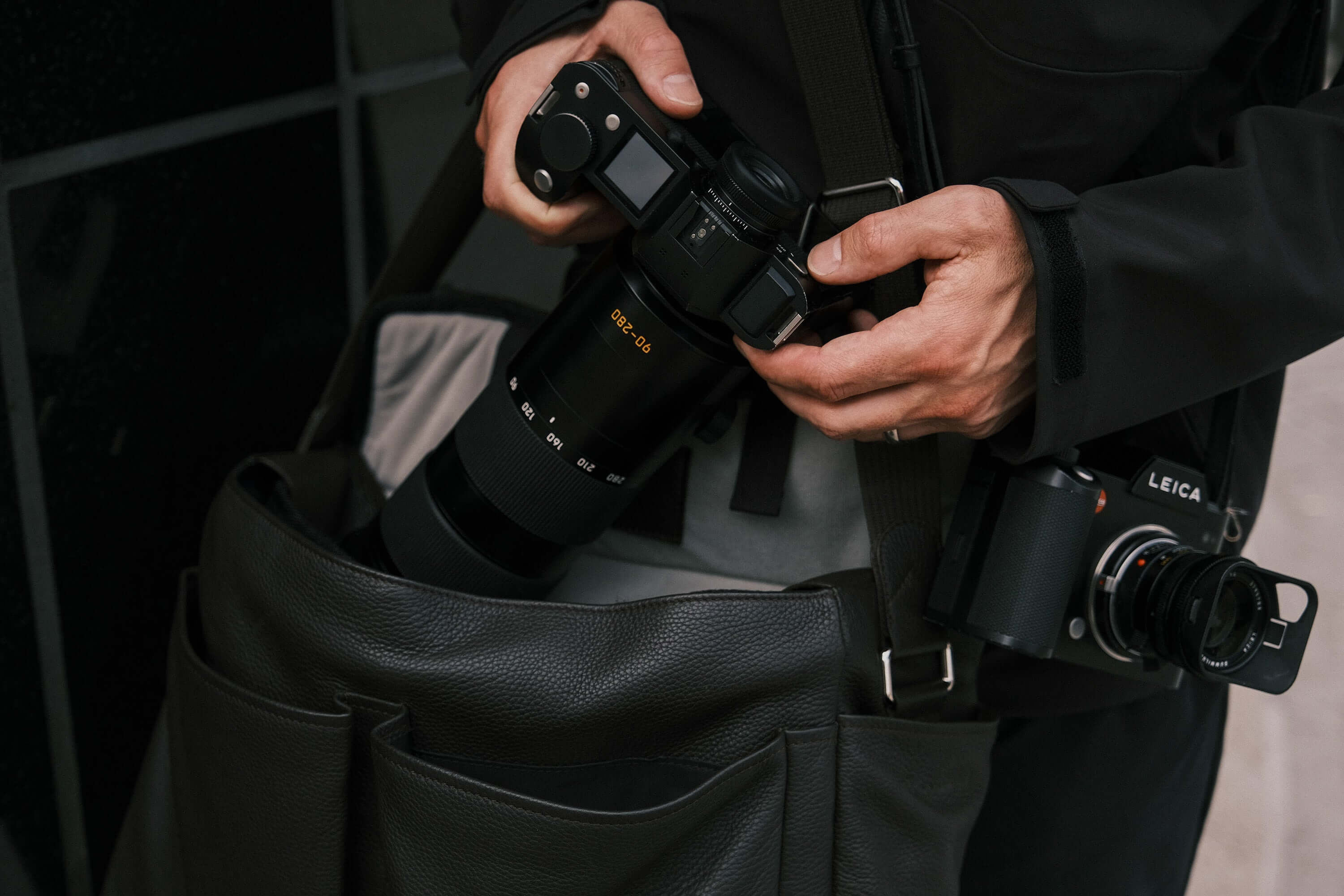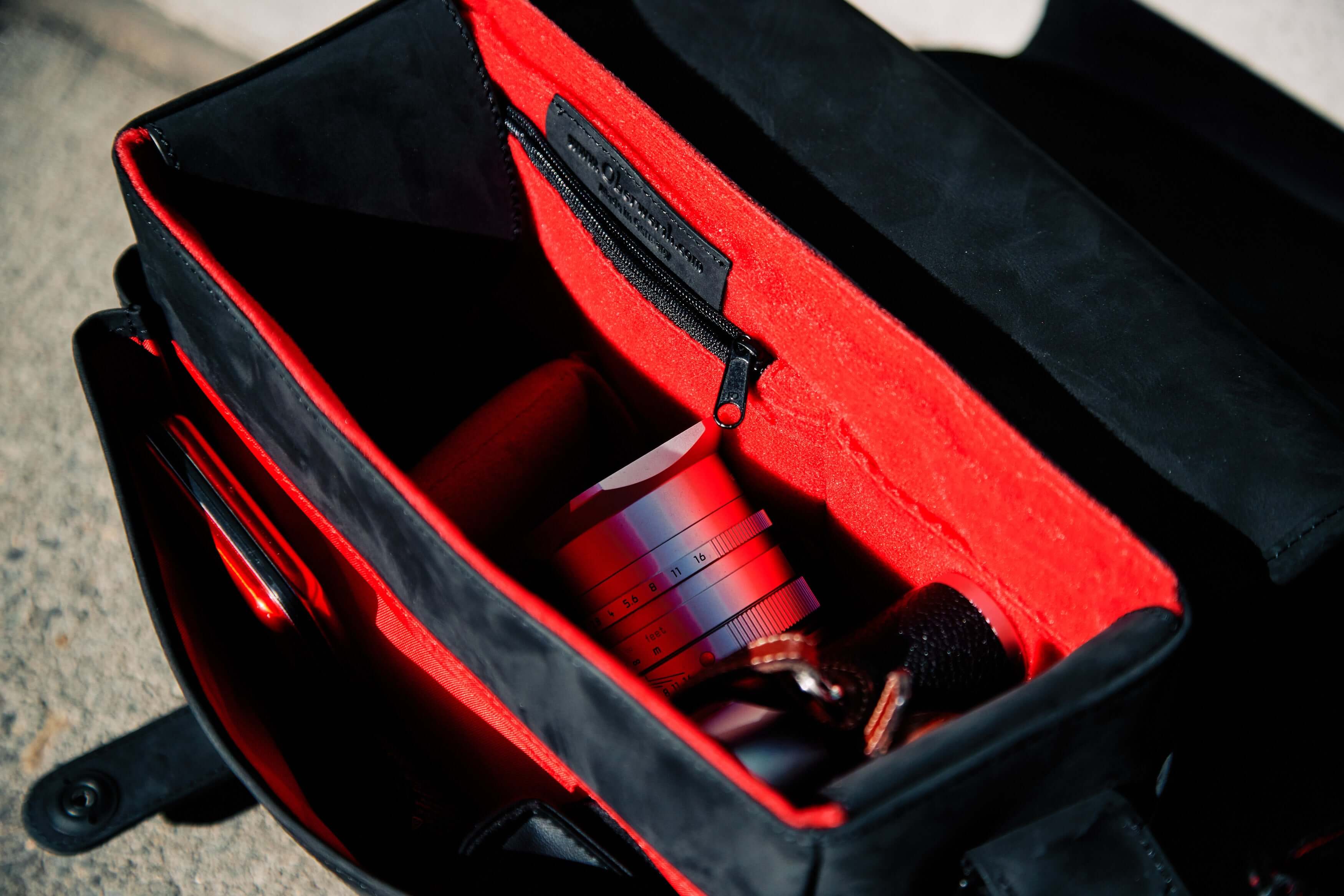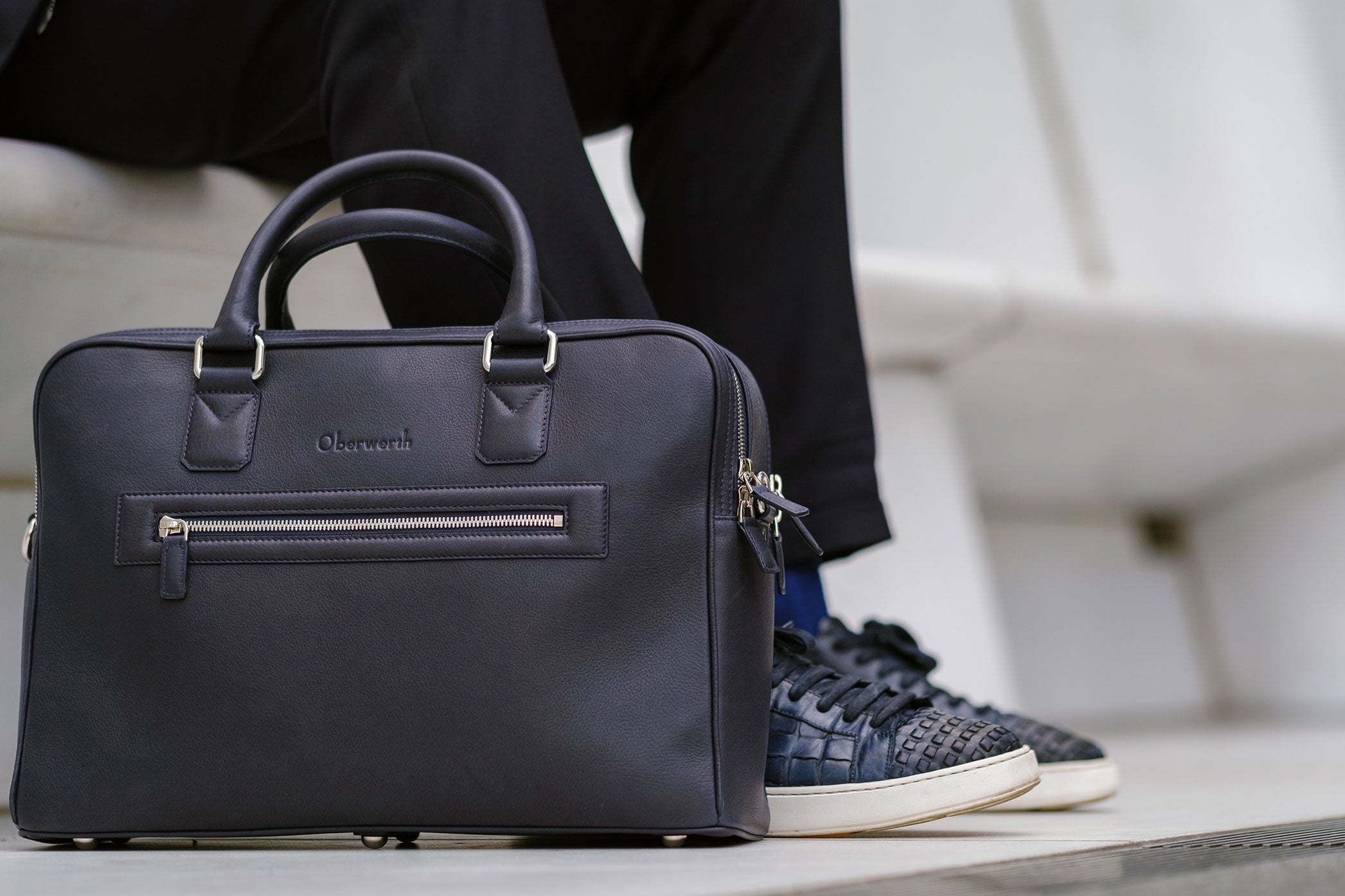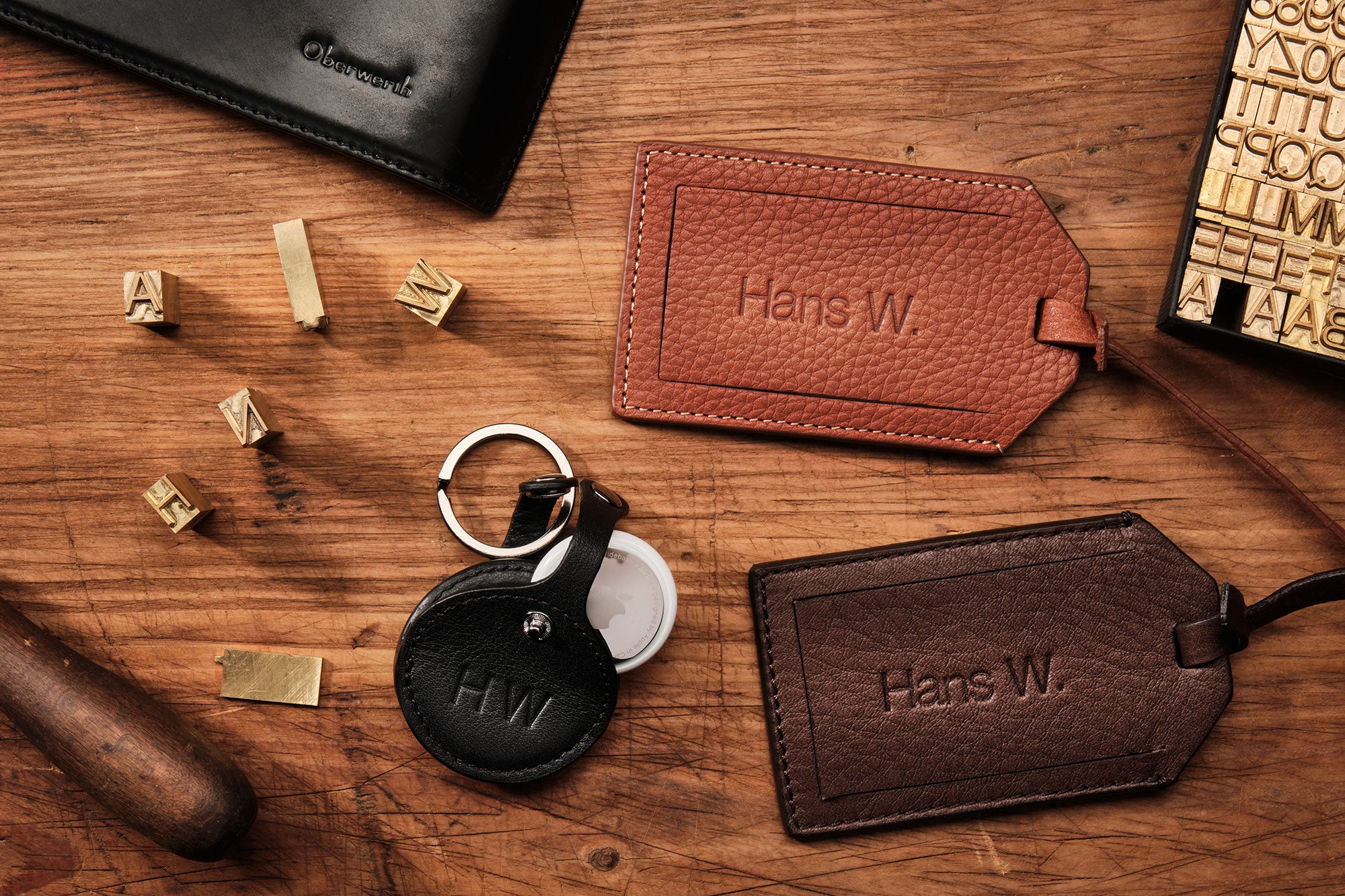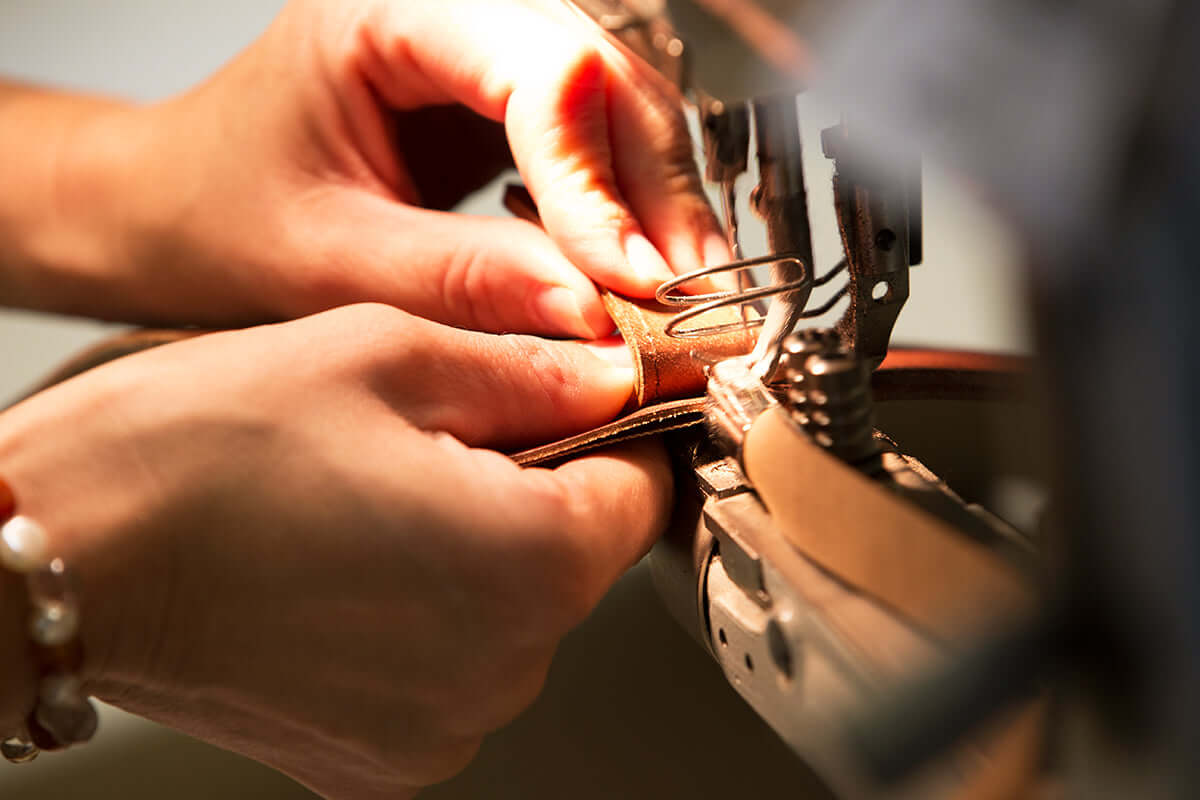
Black and white photography: finding contrast and texture
Even many decades after the introduction of color photography, black and white photography has never lost its appeal. And this is not just to do with nostalgia: black and white reduces an image to its basic elements and the viewer is literally drawn into an emotion or a moment instead of being distracted by color. Without color as a visual support, contrast and texture are crucial to image composition. Find out how to create stunning black and white images in this article.
The interplay of light and shadow
As there are no colors in black and white photography, the differences between light and dark are crucial. A high contrast creates more dramatic images, while a low contrast creates a more calm and atmospheric effect. When looking for a subject, always think about how the image will look in monochrome. The influence of light plays a major role.
Use hard light sources such as direct sunlight or artificial light to create strong shadows. This creates clear differences between light and dark areas. You can also play with backlighting and sidelight to emphasize certain structures of your subject through contrasts.
You can also find the right camera bag for your equipment and everything you need to protect your camera in our Oberwerth Shop. From classic camera bags and modern sling bags to elegant photo weekenders and rucksacks. Of course, you will also find hand straps and shoulder straps here. Finest craftsmanship made from the best materials. Take a look around and find the bags & accessories that best suit you and your equipment!
Motif selection: What you should bear in mind
Impressive black and white photos can be created in all areas of photography. However, depending on what you want to depict, there are a few things you should pay particular attention to. Here you can find out why black and white is so suitable for nature, portrait and architectural photography and what you should bear in mind:
- Nature: Landscapes and plants offer many opportunities to capture textures. The structure of tree bark, leaves or rocks comes into its own particularly well in black and white. Choose a motif where the color is not decisive for its message and expression, but perhaps even distracts from it. In black and white landscape photography, you can create very dramatic image effects with the help of overexposure and underexposure. Look for patterns and details in your environment that interest you.
- Portraits: By photographing people in black and white, the result focuses on the essentials, namely the character of the subject and their mood when the picture was taken. When looking at a black and white portrait, the viewer has the feeling of being able to look directly into the soul of the person depicted. This is because there is no color to pull them in a different direction. Pay close attention to the details of skin, hair and clothing to give the photo depth through interesting textures. Continue to try out different light settings. Side light, for example, emphasizes the contours of the face and creates striking shadows.
- Architecture: Buildings are rich in lines, geometric shapes and structures and are therefore ideal for black and white photography. Especially in artistic architectural photography, black and white is an established and popular technique, as this stylistic device brings out the elegance and aesthetics of a building much better. As a beginner, you should start by choosing a building with clear boundaries to the sky and no distracting picture elements. Capture exciting textures of building materials such as glass, metal or concrete with your camera.
Taking a black and white photo: how to proceed
As a beginner in this area of photography, you may be unsure how to get started with black and white photography. In this case, follow our instructions:
- Use the light: shadows emphasize the textures and shapes of the subject. Use natural light or artificial light sources to create strong contrasts.
- Choose a suitable subject: Opt for high-contrast scenes and surfaces with an interesting texture.
- Pay attention to the composition: The design of the image is all the more important here, as there are no distracting colors. Your photo will look more dynamic if you position the subject according to the two-thirds rule instead of placing it exactly in the center of the picture.
- Look for patterns: Patterns encourage the viewer to follow them. This draws a lot of attention to your main motif. Patterns can, for example, be repeating objects such as several cars in a row or stones on the ground.
- Reduce the elements: In black and white photography, less is usually more. Do without too many details to make your photo clearer and more expressive. Sometimes just changing the image section can make a big difference.
- Use blurring as a design element: focus on the main subject and hide unimportant details with a small f-number. You can also use vignettes for this purpose.
Camera settings and post-processing
There is no right or wrong when it comes to image settings and editing. Try out different options to understand how certain settings affect the mood of the image. Nevertheless, we can give you a few tips along the way.
Activate the monochrome mode on your camera. The black and white mode will help you to better assess the composition of the image during shooting. Also take the photo in RAW mode if your camera offers you this option. In RAW, your camera saves the image including the colors, which can benefit you in post-processing. If necessary, you can convert the photo back to color later if you don't like it in monochrome.
High ISO values lead to image noise, which is generally avoided in photography. In black and white photography, however, this results in an interesting effect that is reminiscent of analog image creation. Otherwise, a higher ISO number is worthwhile when there is little light. If you want a very clear picture, use the lowest possible ISO value and a small aperture in good lighting conditions.
For black and white photos, it is common practice to use filters to adjust the contrasts in the image to your own liking. A red and yellow filter absorbs blue light, for example, so that the sky appears darker as a result. Use green filters to separate different shades of green from each other with greater contrast in landscape shots, for example. Many digital cameras already offer the filter effect as a standard function. If not, you will find special filters for black and white shots in most image editing programs.
You can further optimize your black and white photos in post-processing. Adjust the contrasts, emphasize details and use filters. Be experimental and find your own style. But don't forget to save the original image before you start making your adjustments.

